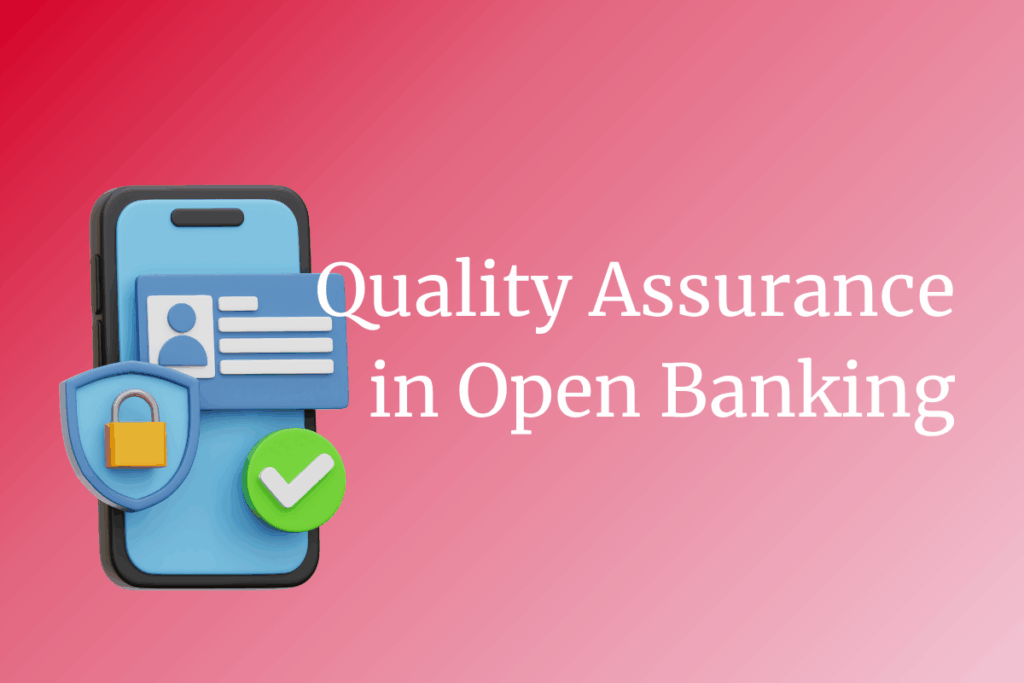The Australian financial services industry stands at a pivotal moment. As customer expectations evolve and competition from challenger banks and fintech disruptors intensifies, traditional financial institutions must embrace digital transformation to remain competitive. Technology isn’t just an operational tool anymore; it’s the engine driving sustainable growth in Australia’s rapidly evolving finance landscape.
The Digital Imperative in Australian Financial Services
Australian financial businesses today face unprecedented challenges. Customers demand seamless, instant services available 24/7, while APRA regulations and compliance requirements continue to expand. Meanwhile, neobanks like Up, Xinja, and 86 400 are disrupting traditional models with innovative solutions that prioritize user experience and operational efficiency.
The solution lies in strategic technology adoption. By leveraging the right digital tools and platforms, Australian financial institutions can streamline operations, enhance customer satisfaction, and unlock new revenue streams while maintaining compliance with local regulations.
Key Technology Solutions Transforming Finance
1. Artificial Intelligence and Machine Learning
AI and ML technologies are revolutionizing how financial businesses operate and serve customers. These technologies enable:
Risk Assessment and Fraud Detection: Advanced algorithms can analyze transaction patterns in real-time, identifying suspicious activities and reducing fraud losses significantly. This is particularly crucial in Australia, where card fraud losses reached $534 million in 2022. Machine learning models continuously improve their accuracy, adapting to new fraud techniques automatically.
Personalized Financial Services: AI-powered platforms can analyze customer behavior and financial history to offer tailored product recommendations, increasing cross-selling opportunities and customer lifetime value. This approach aligns with Australian consumers’ preference for personalised financial advice and services.
Automated Customer Support: Intelligent chatbots and virtual assistants handle routine inquiries, reducing operational costs while providing instant customer service around the clock. This is especially valuable for Australian businesses serving customers across multiple time zones.
2. Cloud Computing and Infrastructure
Cloud technology provides financial institutions with the scalability and flexibility needed for growth:
Enhanced Security: Modern cloud platforms offer enterprise-grade security features, including encryption, multi-factor authentication, and regular security updates that often exceed what traditional on-premise systems can provide. This is essential for meeting APRA’s cybersecurity requirements and protecting sensitive customer data.
Cost Optimisation: Cloud solutions eliminate the need for significant upfront infrastructure investments, allowing Australian businesses to scale resources based on demand and optimise operational costs. This is particularly beneficial for smaller financial institutions and credit unions looking to compete with the Big Four banks.
Remote Accessibility: Cloud-based systems enable secure remote work capabilities, essential for business continuity and accessing Australia’s distributed talent pools across major cities and regional centres.
3. Blockchain and Distributed Ledger Technology
Blockchain technology offers transformative potential for financial services:
Transaction Transparency: Immutable ledgers provide complete transaction histories, enhancing trust and reducing disputes between parties.
Smart Contracts: Automated contract execution reduces processing time and eliminates intermediary costs, particularly beneficial for insurance claims and loan approvals.
Cross-Border Payments: Blockchain enables faster, cheaper international transactions, opening new markets for financial service providers.
4. Data Analytics and Business Intelligence
Data-driven insights are crucial for strategic decision-making:
Customer Behavior Analysis: Advanced analytics reveal spending patterns, preferences, and life events that inform product development and marketing strategies.
Predictive Modeling: Financial institutions can forecast market trends, customer churn, and credit risks, enabling proactive business strategies.
Regulatory Compliance: Automated reporting systems ensure compliance with evolving regulations while reducing manual workload and human error.
5. Neobanks and Embedded Finance
The rise of digital-only banks, or neobanks, is set to continue as consumers increasingly favor seamless, mobile-first banking experiences. By 2025, neobanks are expected to attract tech-savvy customers through lower fees and innovative services. Additionally, embedded finance, which integrates financial services into non-financial platforms, will create new opportunities for revenue generation and market expansion, enabling non-financial companies to offer banking products directly to their customers.
Implementation Strategies for Sustainable Growth
Start with Customer-Centric Solutions
Technology adoption should begin with understanding customer pain points. Conduct thorough market research to identify where digital solutions can most effectively improve customer experience. Whether it’s faster loan approvals, more intuitive mobile banking, or personalized investment advice, customer needs should drive technology priorities.
Invest in Cybersecurity Infrastructure
As financial institutions become more digital, robust cybersecurity becomes non-negotiable. Implement multi-layered security approaches including encryption, regular security audits, employee training, and incident response planning. Trust is the foundation of financial services, and security breaches can have devastating long-term consequences.
Foster a Culture of Innovation
Successful technology integration requires organizational change. Encourage experimentation, provide digital literacy training for employees, and create cross-functional teams that bridge technology and business operations. Innovation thrives in environments where calculated risks are supported and learning from failures is encouraged.
Partner with Technology Experts
Financial institutions don’t need to build everything in-house. Strategic partnerships with technology providers, fintech companies, and digital transformation consultants can accelerate implementation while reducing risks. Choose partners who understand both technology and financial services regulations.
The Future of Finance Technology
Emerging technologies continue to reshape the financial landscape. Quantum computing promises to revolutionize risk modeling and portfolio optimization. Internet of Things (IoT) devices will enable new forms of insurance and lending based on real-time data. Augmented reality may transform how customers interact with financial advisors and services.
Financial institutions that embrace these technologies today will be better positioned to capitalize on future opportunities and weather economic uncertainties.
Conclusion
Technology transformation in finance isn’t optional; it’s essential for survival and growth in an increasingly digital world. By strategically implementing AI, cloud computing, blockchain, and data analytics solutions, financial businesses can enhance operational efficiency, improve customer experiences, and unlock new revenue opportunities.
The key to success lies in taking a measured, customer-focused approach to technology adoption while maintaining the security and regulatory compliance that defines the financial services industry. Organizations that invest in technology today will emerge as tomorrow’s market leaders.
Ready to transform your financial business with cutting-edge technology solutions? SHIFT ASIA specializes in helping financial institutions navigate digital transformation successfully. Contact us to discover how we can accelerate your growth through strategic technology implementation.
ContactContact
Stay in touch with Us




